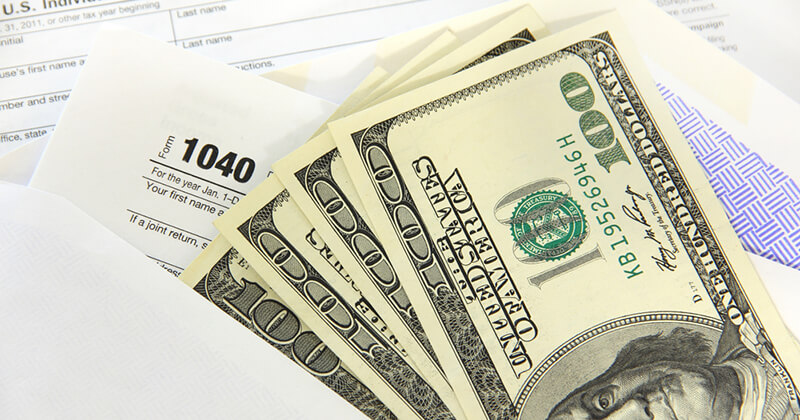Tax returns and tax refunds are unique and individual. This is something for taxpayers to remember next year when someone they know says or posts on social media about receiving a federal tax refund.

Even though the IRS issues most refunds in less than 21 days, it’s possible a taxpayer’s refund may take longer. Several factors can affect the timing of a taxpayer’s refund after the IRS receives their tax return. Here are a few things taxpayers should keep in mind if they are waiting on their refund but hear or see on social media that other taxpayers have already received theirs.
- The IRS and its partners in the tax industry continue to strengthen security reviews. This helps protect against identity theft and refund fraud. This means some tax returns need additional review, taking longer to process them.
- It can take longer for the IRS to process a tax return that has errors. Therefore, taxpayers should consider filing their return electronically. The e-file software walks the taxpayer through the steps of filling out the return and does all the math.
- E-file software can also help make sure a tax return is complete. This is important because it can also take longer to process an incomplete return. The IRS contacts a taxpayer by mail when more info is needed to process the return.
- By law, the IRS cannot issue refunds for people claiming the earned income tax credit or additional child tax credit before mid-February. The law requires the IRS to hold the entire refund. This includes the portion of the refund not associated with EITC or ACTC.
- It can take banks or other financial institutions time to post the refund to the taxpayer’s account. It can take even longer for a taxpayer to receive their refund check by mail.
Here’s What to Know About the Amount of a Tax Refund
After filing their tax return, a taxpayer will know whether they are receiving a refund. Sometimes, however, a taxpayer’s refund will be for a different amount than they expect.
Here are some reasons a taxpayer’s refund might be less than they thought it would be:
- Financial transactions happening late in the year can have an unexpected tax impact if a taxpayer’s 2019 federal income tax withholding unexpectedly falls short of their tax liability for the year. Certain transactions can affect 2019 tax withholding and influence the taxpayer’s anticipated refund next year. This includes things like:o Year-end and holiday bonuses.
- Stock dividends.
- Capital gain distributions from mutual funds and stocks.
- Real estate or other property sold at a profit.
If this happens, taxpayers can still make a quarterly estimated tax payment directly to the IRS for tax year 2019. The deadline for making a payment for the fourth quarter of 2019 is Wednesday, Jan. 15, 2020. Form 1040-ES includes a worksheet to help taxpayers figure the right amount of estimated taxes to pay.
- A taxpayer’s refund can be used to pay other debts a taxpayer owes. All or part of a refund can go to pay a taxpayer’s:
- Past-due federal tax.
- State income tax.
- State unemployment compensation debts.
- Child and spousal support.
- Other federal nontax debts, such as student loans.
A taxpayer receives a notice if their debt meets the criteria for an offset. The IRS issues any remaining refund in a check or direct deposit as the taxpayer originally requested on the return.
